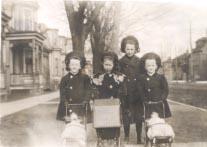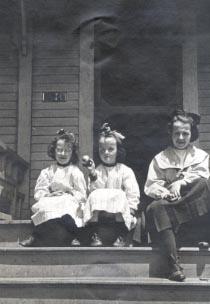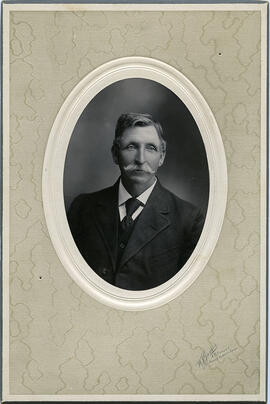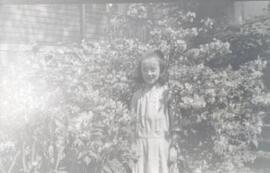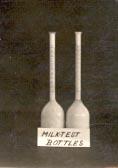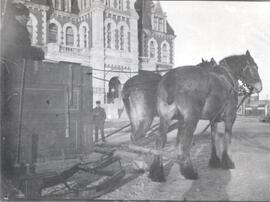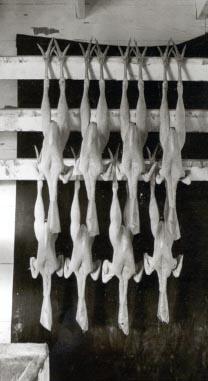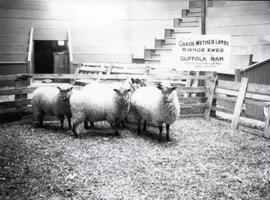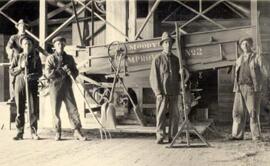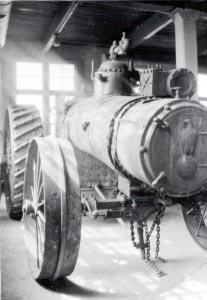Head and shoulders image of Abigail DeLury, Director of Women's Work, 1918-1930.
Bio/Historical Note: Abigail DeLury was born in Manilla, Ontario in 1868. She trained as a teacher at Port Perry and Toronto Normal School and then taught for 14 years. DeLury obtained her diploma in Home Economics from the Ontario Agricultural College and taught at Macdonald College, McGill University, before moving to Moose Jaw in 1910 to teach home economics in the public schools. The University of Saskatchewan’s first Extension Director, F. Hedley Auld, heard of her background and hired her for the summers of 1911 and 1912 to visit local fairs and to encourage women to form Homemakers' clubs. These clubs were seen as useful tools for supporting family life, community building, promoting the interests of rural young people, emphasizing the cultural side of life and educating in citizenship. Such was DeLury’s success at this task that in 1913 she was appointed director of Women's Work at the University, reporting directly to President Walter C. Murray. DeLury was the first woman with a permanent appointment at the university. She provided direction to the Homemakers' Clubs and advanced home economics extension services to women and families in the province. In 1914, the year after her appointment, there were 90 Homemakers' clubs in Saskatchewan. When DeLury resigned in 1930, there were 240 with 5,800 members. Instruction in household science began on campus in 1917 with the appointment of Ethel B. Rutter as instructor. The Department became a School within the College of Arts and Science in 1928 and the School became a College in 1942. In 1941 the degree program expanded from 3 to 4 years following senior matriculation. The name was changed from the College of Household Science to the College of Home Economics in 1952 (the college was phased out in 1990). DeLury traveled the province advocating activities that enhanced farm home and community life at a time when immigrants were swarming in to take up homesteads. She encouraged Homemakers to promote tree planting, boys' and girls' club work (now called 4-H), poultry raising, beekeeping, fruit growing, better education, better health services and a better, more co-operative community spirit. DeLury retired in 1930 and returned to Manilla; she died there in 1957. DeLury was inducted posthumously into the Saskatchewan Agricultural Hall of Fame in 2005.



